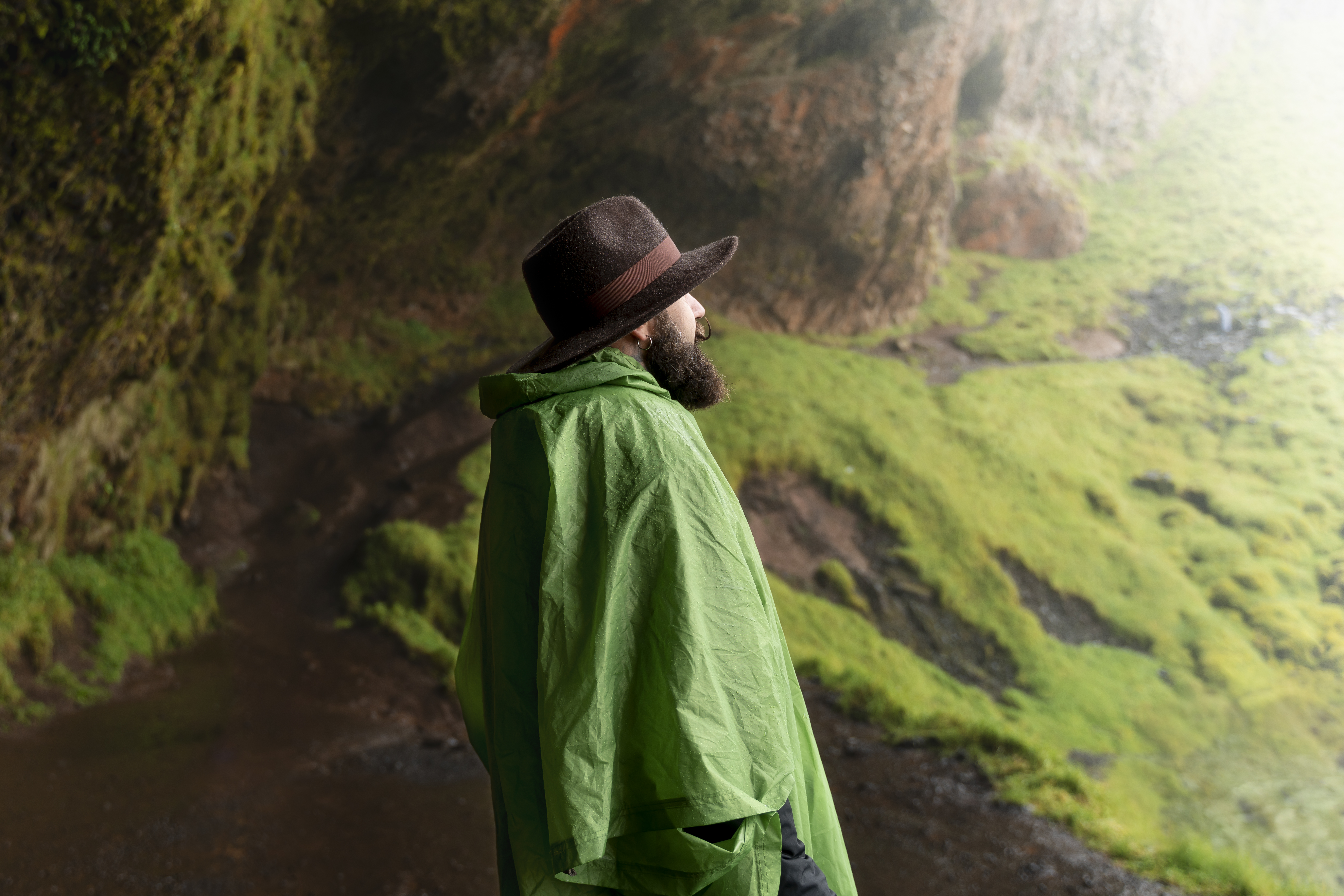THE RISE OF SPIRITUAL HIKING

Travel has never been merely about checking locations off a list. Yet in recent years, there has been one trend that has stealthily altered trekking culture in India and globally: spiritual hiking. Increasingly, adventurers are taking to the trails not only for adventure or exercise but also to slow down, introspect, and rediscover themselves.
What is spiritual hiking, why is it so popular, and where do you find it? Let’s break down this conscious movement.
WHAT IS SPIRITUAL HIKING?
Spiritual hiking combines the body benefits of trekking with mindfulness techniques such as meditation, chanting, breathing, or simply walking quietly. It isn’t religious — it’s more like taking nature as a setting for inner reflection. Imagine it as an active meditation.
WHY IT’S TRENDING NOW?
- Mental well-being awareness: People are increasingly recognizing the link between mental health and a fit, healthy body. Open spaces and mindful movement provide both physical fitness and mental clarity.
- Wellness travel boom: Silent walks, forest bathing, and “mindful treks” are being added to yoga retreats.
- Digital burnout: Stepping away from screens during hikes allows travellers to emotionally reboot.
- Cultural roots: India has a rich heritage of yatra (pilgrimage), where walking is itself a spiritual practice.
BENEFITS BEYOND FITNESS
- Mental clarity: The repetitive walking patterns soothe the nervous system, reducing stress.
- Link to nature: Mountain streams, holy peaks, and forest paths remind us of something greater than ourselves.
- Self-reflection: Extended periods of quiet time assist in sorting out thoughts and feelings.
- Community with a purpose: Several spiritual treks unite like-minded seekers and form supportive communities.
SOME EXAMPLES OF SPIRITUAL HIKING IN INDIA
Kedarnath & Tungnath Trails (Uttarakhand)
- Mix high-altitude trekking with ancient temples. Several pilgrims now prefer slow, contemplative climbs rather than hurried stops.
Valley of Flowers (Uttarakhand)
- This UNESCO site’s pastures and endemic vegetation encourage silent reflection. Guided meditation treks are becoming a trend here.
Parvati Valley (Himachal Pradesh)
- Aside from its trendy cafes, less crowded trails to Kheerganga and Tosh provide hot springs and a peaceful ambiance for introspection.
Dzukou Valley (Nagaland)
- Gentle hills covered with wildflowers create a near-meditative scenery. Local guides frequently recount local folk stories that add depth to the experience.
Arunachala Hill Walk (Tamil Nadu)
- Walking around the sacred hill of Arunachala in Tiruvannamalai has been a traditional practice for centuries. Today, it draws both spiritual seekers and mindful travellers.
Satpura National Park Trails (Madhya Pradesh)
- Less commercialized than many Himalayan routes, Satpura offers guided nature walks where you’re encouraged to move slowly and observe silently.
HOW TO MAKE YOUR HIKE MORE “SPIRITUAL”?
- Walk at a slower pace; focus on your breath.
- Keep phone use minimal; take photos sparingly.
- Practice gratitude at scenic spots.
- Join groups or retreats that offer guided mindfulness exercises.
- Journal your thoughts after each trek.
THE TAKEAWAY
Spiritual hiking isn’t about renouncing adventure — it’s about adding depth to it. Whether you’re circumambulating a sacred hill in the South or meditating at a Himalayan summit, the trails can become more than a route from point A to point B. They can be a journey inward.
As travel and wellness continue to intersect, anticipate seeing more “mindful treks” on itineraries and more individuals exchanging headphones for silent contemplation.




